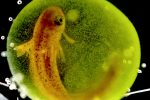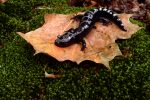Research Interests
We search for creative answers to fundamental and applied questions in biology by integrating ecology, evolutionary biology, and genetics. We simultaneously develop novel mathematical theories, conduct intensely controlled laboratory experiments, perform experimental manipulations of entire ecosystems, and conduct intense field work. By taking this multi-disciplinary and systems-oriented approach, we seek to uncover new principles with wide-ranging applications. Our research has challenged the spatial scale of adaptation, the importance of adaptation in ecology, and the evolution of hunger, autoimmune disease, and sex.

The Evolving Metacommunity
The evolving metacommunity is a novel way to view the processes that create and maintain biodiversity at both genetic and species levels. Both communities and populations are made up of different functional types, be they genotypes or species, that are continually being selected for or against in the local environment. Concurrently, migration is redistributing these different types across habitat patches. In this way, migration determines both which species interact and if local populations can adapt to local conditions. Our research on evolving metacommunities is uncovering exciting outcomes about the organization of communities that would not be predicted by purely ecological or evolutionary perspectives alone.
Eco-Evolutionary Dynamics
Understanding how ecology and evolution interact is revealing new solutions to longstanding mysteries in nature. For instance, we show that prey populations evolve different traits in response to the predators in their local habitat. These differently adapted populations, in turn, express traits that can either amplify or dampen ecological variation. Without understanding the evolutionary context of this ecological variation, we would make mistakes about the relative strength of ecological effects. Thus, ecology and evolution might often be intertwined, and understanding nature requires a more integrated biology.

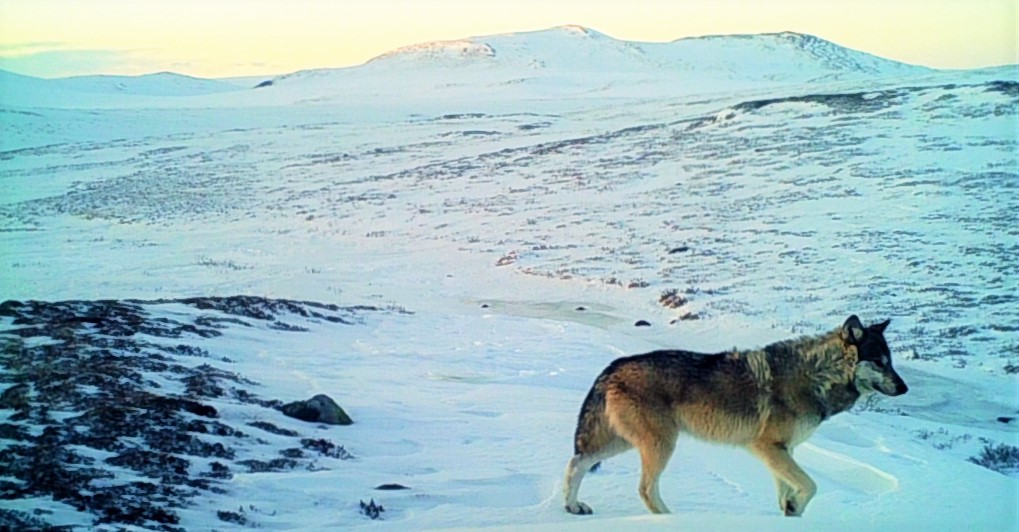
Predicting Biotic Responses To Climate Change
The Earth has entered a new heat age, and ongoing climate change threatens species throughout the world. We need to predict these changes if we hope to prevent extinctions and damage to ecosystems. Yet, most current predictions ignore important biological processes such as species interactions and evolution. Our work suggests that incorporating species interactions, dispersal, and evolution into climate change models can dramatically alter predictions.
We are developing next-generation models to predict climate change responses that include important biological mechanisms. However, we often find that we lack the natural history information needed to inform these more complicated models for most species on Earth. Therefore we are also advocating for a new global effort to collect the pieces of information that are most critical for making accurate predictions about future risks from climate change.
Evolution at Small Scales
Traditionally biologists thought evolution could only occur across the longer distances where immigration rates are low and therefore cannot disrupt local adaptation. New evidence challenges this assumption. We find an increasing number of examples demonstrating that evolution can occur even at extremely fine, microgeographic scales. If populations often become adapted at fine scales, then evolution might affect ecology more than commonly appreciated.
To facilitate further progress, we have developed a quantitative definition of microgeographic adaptation, suggested how it can occur despite the expectation of gene flow, and are exploring the spatial scale of adaptation in a variety of natural systems.
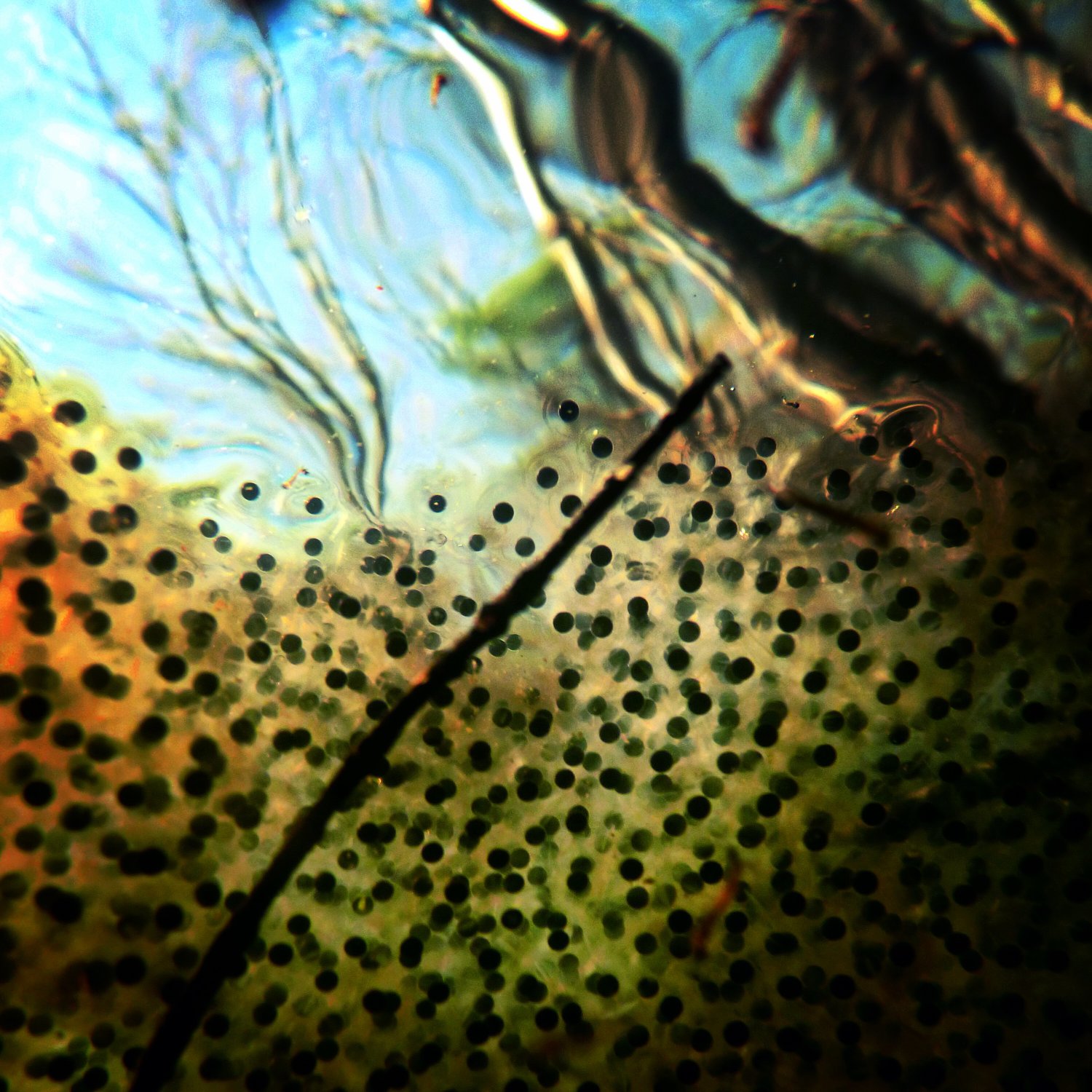
Study Organisms
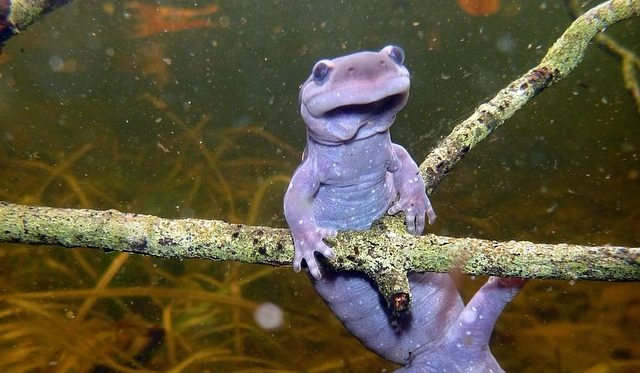 Each spring spotted salamanders emerge from underground to travel to nearby ponds to mate.
Each spring spotted salamanders emerge from underground to travel to nearby ponds to mate.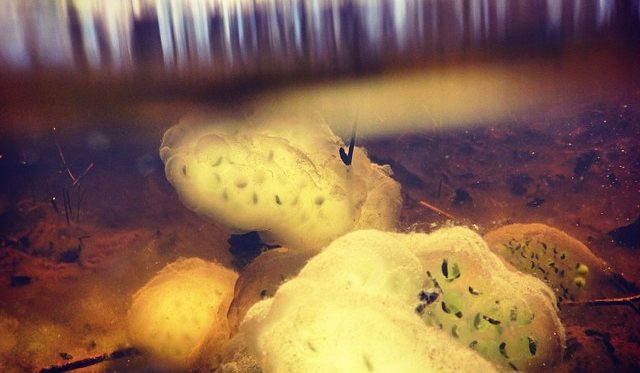 Spotted salamander eggs laid in a small forest pond.
Spotted salamander eggs laid in a small forest pond.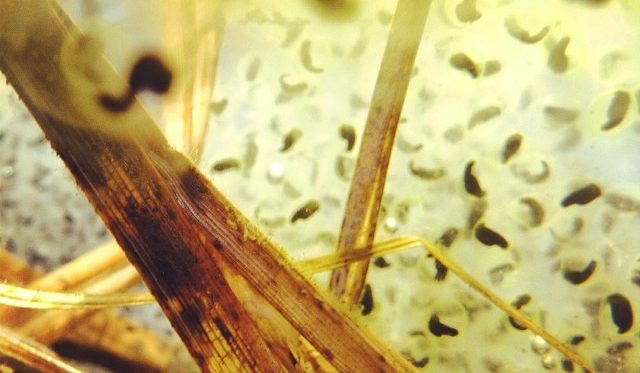 Spotted salamander embryos grow and develop in the spring sun.
Spotted salamander embryos grow and develop in the spring sun. Close-up of a developing spotted salamander with symbiotic algae – just about ready to hatch.
Close-up of a developing spotted salamander with symbiotic algae – just about ready to hatch. Wood frog female laying eggs underwater.
Wood frog female laying eggs underwater.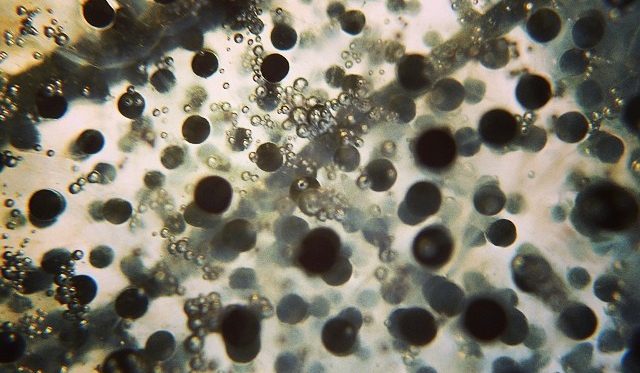 Closeup of wood frog eggs developing.
Closeup of wood frog eggs developing.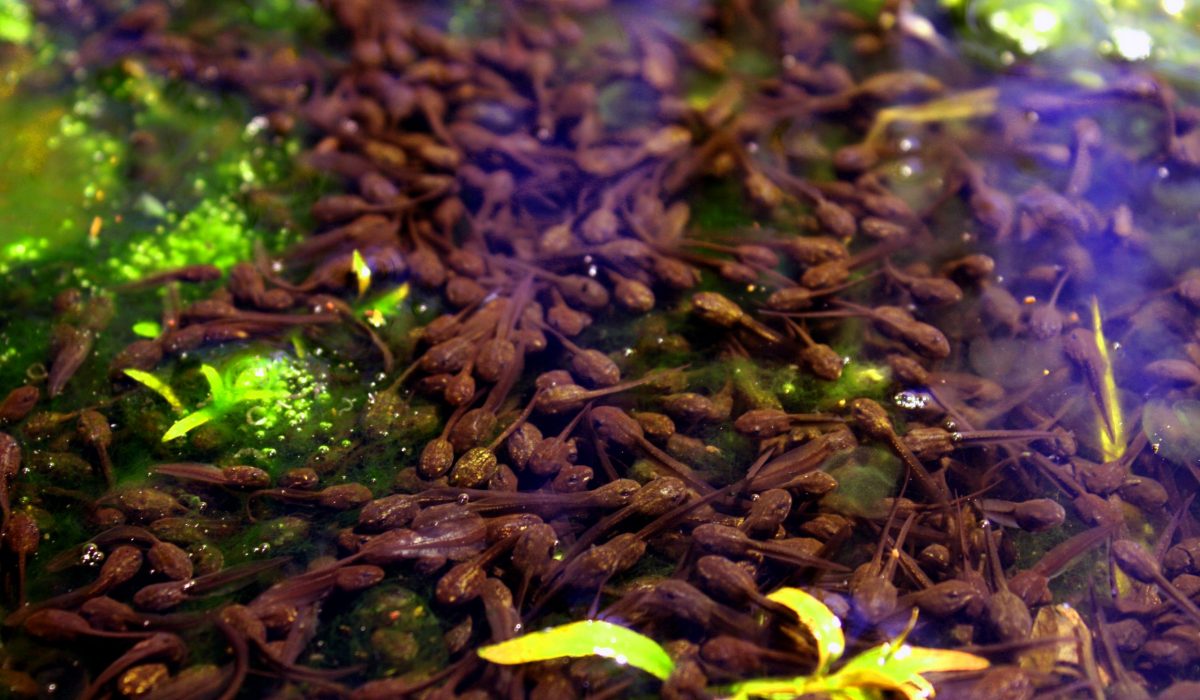 Tadpoles hatch and feed on algae.
Tadpoles hatch and feed on algae.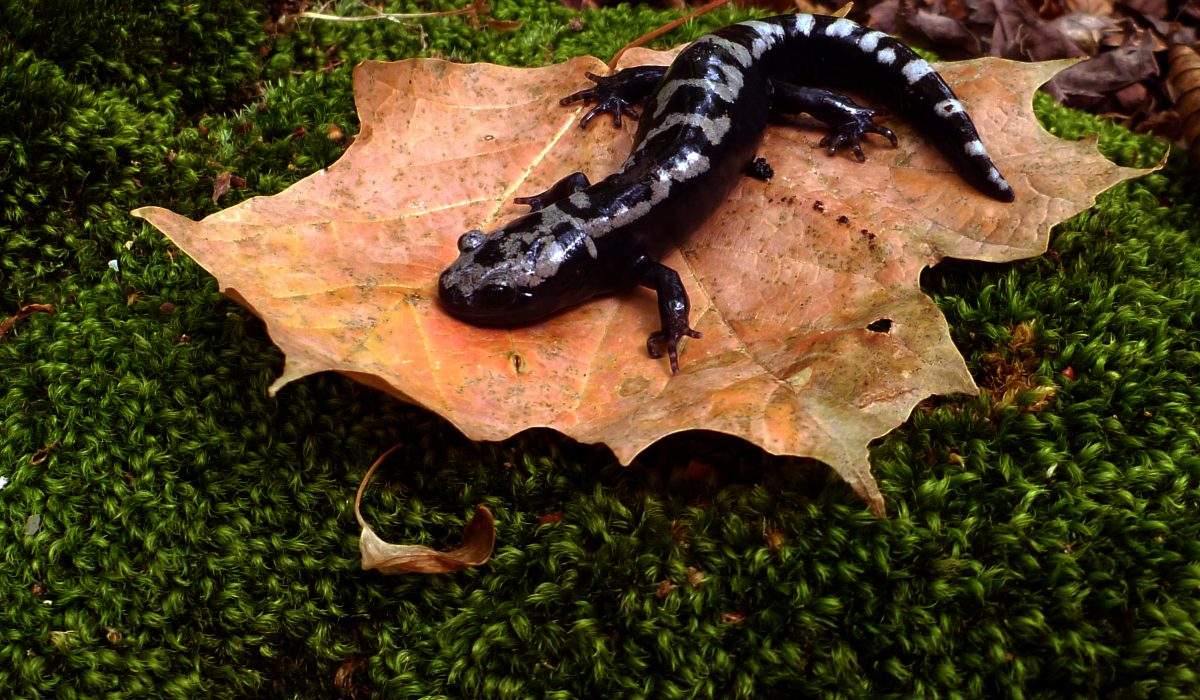 One of our key predators, the marbled salamander, comes to breed in the fall.
One of our key predators, the marbled salamander, comes to breed in the fall.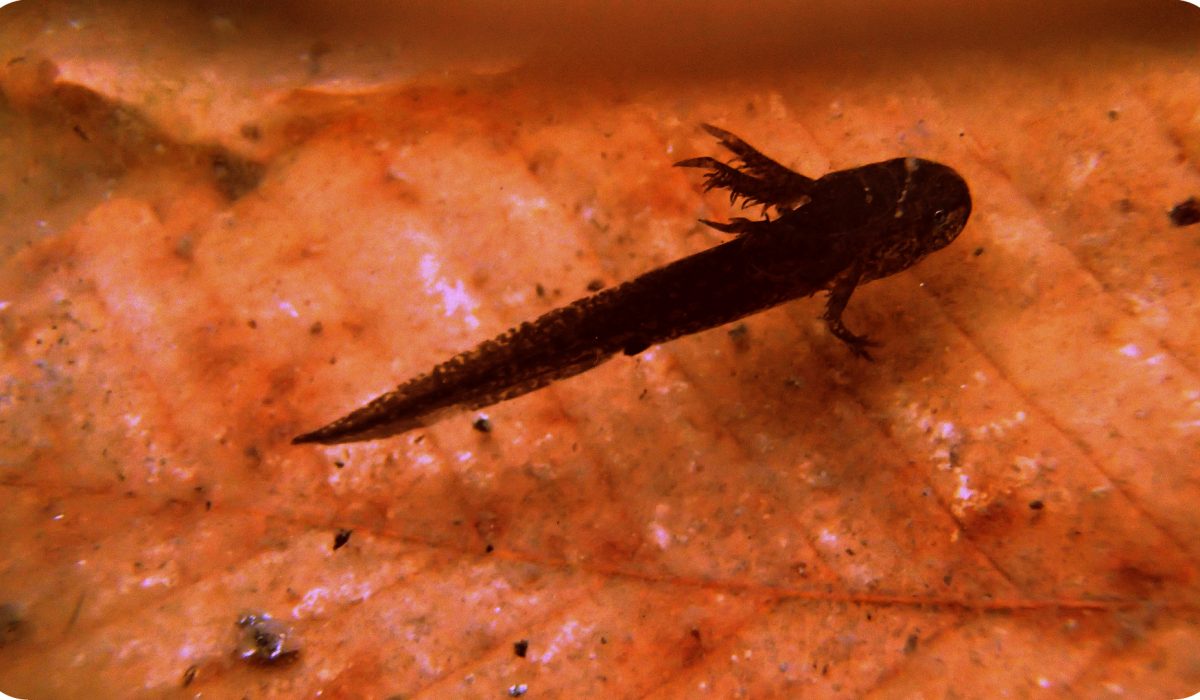 The marbled salamander hatches out in the fall, survives overwinter, and becomes an apex predator in temporary ponds throughout the spring.
The marbled salamander hatches out in the fall, survives overwinter, and becomes an apex predator in temporary ponds throughout the spring.



